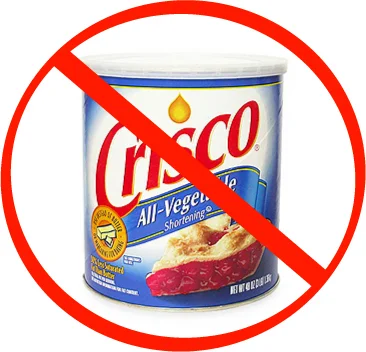My mom is and has always been a great cook. Nightly homemade full course meals, always a well-balanced dinner.
It was such a gift. Not until I had a family of my own did I understand this present she served to us each night of the week.
Baking, on the other hand, she only occasionally ventured on her own. She limited her baking to an apple pie usually around the holidays. The crust was like a sweetened cardboard that usually cracked apart as you sliced into it. My mom used (and still uses) shortening to make her pies. She had learned this recipe because it made rolling the dough easy to work. Surprising, because it did not look simple when I would watch her. Nonetheless, it did not make me a fan of pie.
One summer night in New England, my dad brought my sister and me to a local ice creamery/diner for a treat. Like most kids, I loved ice cream! My dad ordered a slice of apple pie a la mode. I thought that was peculiar. I didn’t even know that was an option. After I had devoured my ice cream cone, he offered me a bite. Wow, was I surprised. The crust was a little thicker looking than the pie mom made but melted in my mouth like a croissant. That's when I first realized how much I love pie.
The creamery’s used butter for the pie crust.
A big compliment to my taste buds. The buttery flavor so rich and delicate at the same time. Later on, it became an intention of mine to create a butter pie crust that was easy to roll out. And that served up in a perfect slice. Just like the one at the creamery.
When I researched just how vegetable shorting came to be, I discovered that it was invented and marketed to replace lard. Lard had been the fat of choice for many baking recipes. Being a by-product of processing pigs, it was natural to use the pork lard. It had great flavor and worked very well. In many ethnic countries, it is still used today. Parts of the Hispanic culture use lard for flour tortillas, if you ever taste one, they are amazing.
So why in the world did we replace lard with ‘vegetable shortening’?
Well because it was a new product that some people wanted to promote. Very soon it was marketed to the USA as mother’s ‘rich man’s lard.' It gained immediate public acceptance, with heavy advertising campaigns, and soon the housewives of America were using it for everything they could (along with TV dinners and plastic Tupperware).
So when new generations of bakers wanted to use something other than hydrogenated vegetable oils, they turned to butter. Somehow public knowledge of once using lard became forgotten. With butter being the alternative to hydrogenated vegetable oils, new baking chefs began creating recipes with butter.
Studies on hydrogenated vegetable oils revealed that the trans fats in shortening led to heart disease.
But it has taken almost half a century for the public opinion to recognize the science. Could it be because there are big money and corporations behind vegetable oils? Companies like Crisco don’t want you using anything else. They have made some modifications to improve their products, but in the end, you are better off (in my opinion and many other health care practitioners agree) using butter.
For most of us, Butter is good for our bodies.
Since healthy fats in food create the much needed protective walls that surround our cells, butter in our cell walls allow nutrients in and eliminate waste. Shortening, on the other hand, is unnaturally rigid and muddles up the cell walls ability to allow the nutrients and waste to flow properly. Plus shortening contains trans fats through its chemical process of hydrogenation that raises bad cholesterol and lower the good cholesterol. And butter is the most valuable source of Vitamin A our body gets.
And for those of you that are vegan, I have heard from many friends that coconut oil is a great fat for making a pie crust. I plan on trying it for myself soon. Coconut oil is considered a superfood containing high nutritional value.
Sorry mom but your pie sucks!
.......I still love you though XOXO
Marie




